Recessed LED lighting in an old home
zagyzebra
10 years ago
Featured Answer
Sort by:Oldest
Comments (15)
kjo_tx
10 years agolast modified: 9 years agovjrnts
10 years agolast modified: 9 years agorenovator8
10 years agolast modified: 9 years agopeegee
10 years agolast modified: 9 years agorenovator8
10 years agolast modified: 9 years agojmc01
10 years agolast modified: 9 years agozagyzebra
10 years agolast modified: 9 years agovjrnts
10 years agolast modified: 9 years agojmc01
10 years agolast modified: 9 years agopowermuffin
10 years agolast modified: 9 years agoigloochic
10 years agolast modified: 9 years agoBruce in Northern Virginia
10 years agolast modified: 9 years agoigloochic
10 years agolast modified: 9 years agoLance Stern
8 years ago
Related Stories
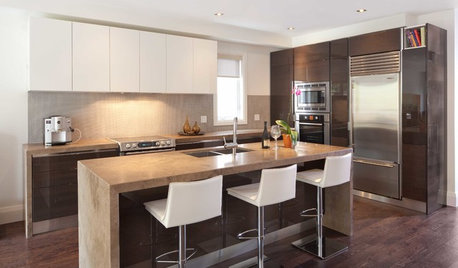
LIGHTINGGet Your Home's Recessed Lighting Right
Learn the formula for how much light a room needs plus how to space downlights, use dimmers and more
Full Story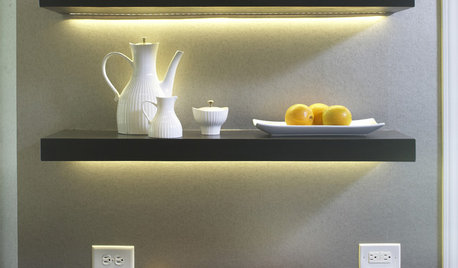
KITCHEN DESIGN12 Ways to Light Your Kitchen With LEDs
See how to use new energy-saving lights to illuminate your kitchen, light a countertop and add style, too
Full Story
LIGHTINGThe Lowdown on High-Efficiency LED Lighting
Learn about LED tapes, ropes, pucks and more to create a flexible and energy-efficient lighting design that looks great
Full Story
LIGHTINGWhat to Know About Switching to LED Lightbulbs
If you’ve been thinking about changing over to LEDs but aren't sure how to do it and which to buy, this story is for you
Full Story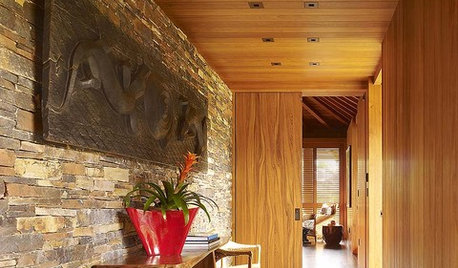
LIGHTINGRecessed Lighting 101
Looking to brighten a drab, dim space? Recessed lighting may be your answer. Here's what you need to know
Full Story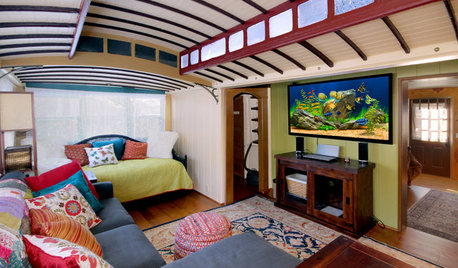
HOUZZ TVHouzz TV: See a Funky Beach Home Made From Old Streetcars
A bold color palette zaps life into a Santa Cruz, California, home built out of two streetcars from the early 1920s
Full Story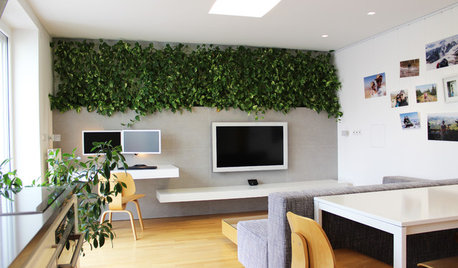
HOUZZ TOURSMy Houzz: LEDs and a Living Wall Color a Minimalist Slovakian Home
Thanks to a modern overhaul, this small Central European apartment is now a testament to efficiency and thoughtful design
Full Story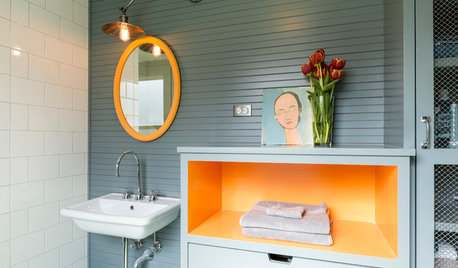
COLOR PALETTESRecessive Color: 8 Eye-Catching Niches, Nooks and Crannies
Create a focal point with a small chunk of a big hue
Full Story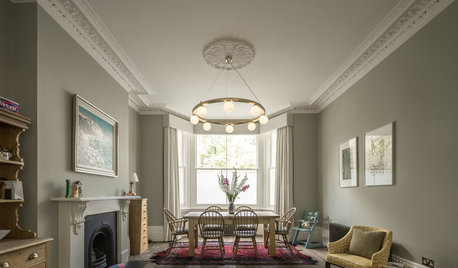
HOMES AROUND THE WORLDHouzz Tour: Light Shines on a Centuries-Old London Home
Old meets new in this striking family home, where 19th-century features combine with dramatic windows and inspired details
Full Story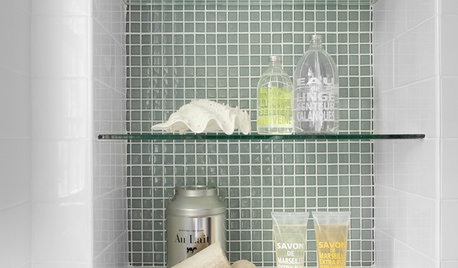
BATHROOM DESIGNRecess Time: Boost Your Bathroom Storage With a Niche
Carve out space behind the drywall to add shelves or cabinets, giving you more room for bathroom essentials and extras
Full Story








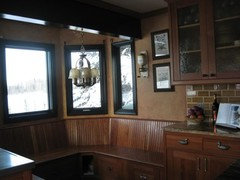




igloochic